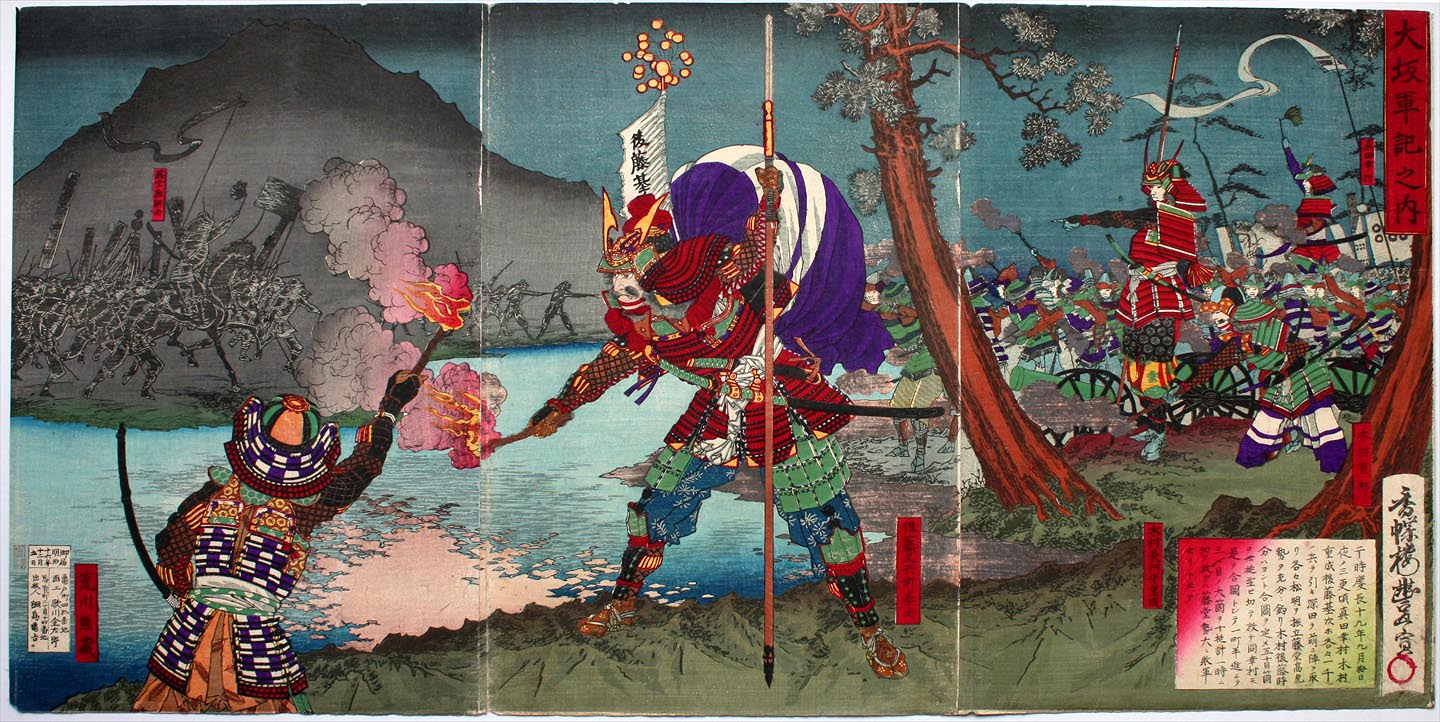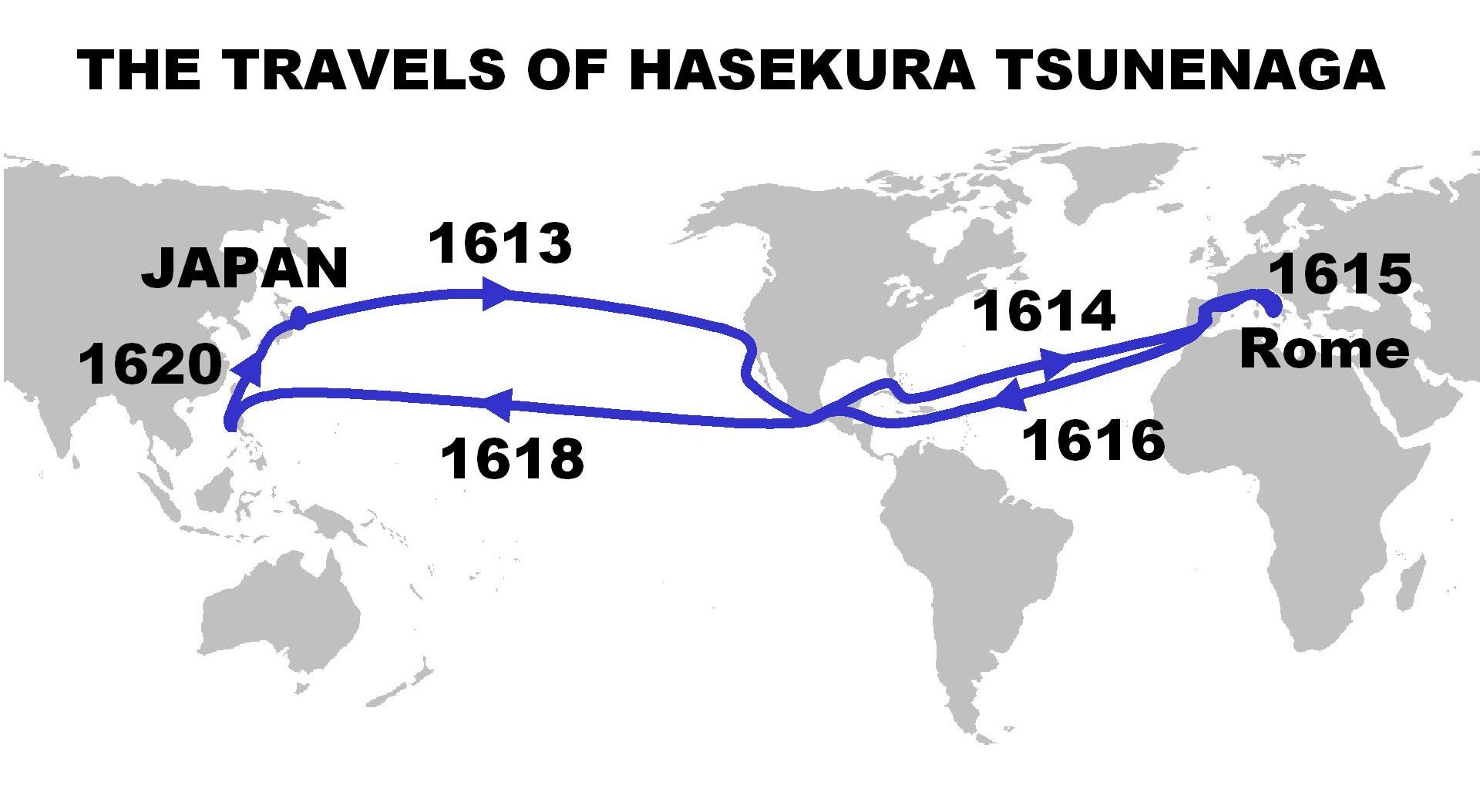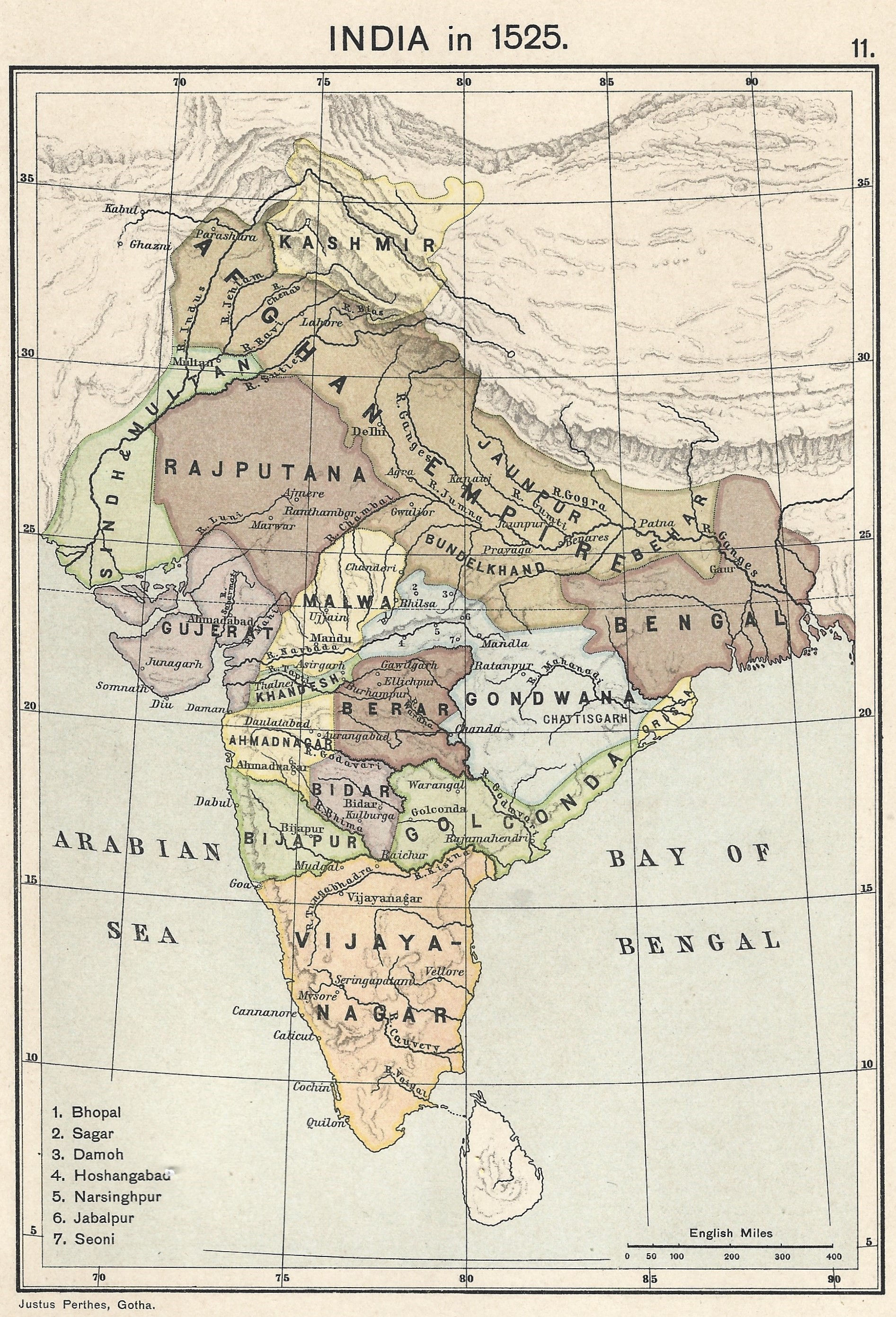|
1615
Events January–March * January 1 – The New Netherland Company is granted a three-year monopoly in North American trade, between the 40th and 45th parallels. * January 30 – Japan's diplomatic mission to Europe, led by Hasekura Tsunenaga, meets with King Philip III of Spain at Madrid and presents an offer of a treaty. * February 2 – Sir Thomas Roe sets out to become the first ambassador from the court of the King of England to the Mughal Emperor Jahangir, departing from Tilbury Hope on the ship ''Lyon'' under the command of captain Christopher Newport. * February 17 – Japan's envoy to Europe, Hasekura Tsunenaga, receives a Christian baptism by the royal chaplain, Diego de Guzmán, and receives the European name Felipe Francisco Hasekura. * March 10 – John Ogilvie, a Jesuit priest, is hanged and drawn at Glasgow Cross in Scotland for refusing to pledge allegiance to King James VI of Scotland; he will be canonised in 1976, becoming ... [...More Info...] [...Related Items...] OR: [Wikipedia] [Google] [Baidu] [Amazon] |
Hasekura Tsunenaga
was a kirishitan Japanese samurai and retainer of Date Masamune, the daimyō of Sendai. He was of Japanese imperial descent with ancestral ties to Emperor Kanmu. Other names include Philip Francis Faxicura, Felipe Francisco Faxicura, and Philippus Franciscus Faxecura Rocuyemon in period European sources, as he took a Christian name, baptismal name upon converting to Catholic Church, Catholicism. In the years 1613 through 1620, Hasekura headed the Keichō Embassy (), a diplomatic mission to Pope Paul V. He visited New Spain and various other ports-of-call in Europe on the way. On the return trip, Hasekura and his companions re-traced their route across New Spain in 1619, sailing from Acapulco for Manila, and then sailing north to Japan in 1620. Although Hasekura's embassy was cordially received in Spain and Holy See, Rome, it happened at a time when Japan was moving toward the Kirishitan, suppression of Christianity. European monarchs refused the trade agreements Hasekura h ... [...More Info...] [...Related Items...] OR: [Wikipedia] [Google] [Baidu] [Amazon] |
John Ogilvie (saint)
John Ogilvie, SJ (1580 – 10 March 1615) was a Scottish Jesuit priest. For his work in service to a persecuted Catholic community in 17th century Scotland, and in being hanged for his faith, he became the only post-Reformation Scottish saint. Ogilvie was brought up a Calvinist and sent to continental Europe to further his education. His interest piqued by the popular debates going on between Catholic and Calvinist scholars, he took up studies with the Benedictines, and then with the Jesuits. He became a Jesuit and was sent to Scotland, where he worked among the few Catholics in the area of Glasgow. Arrested after less than a year, he was hanged at Glasgow Cross in 1615. Biography John was the eldest son of Walter Ogilvie, a respected Calvinist who owned the estate of Drumnakeith in Banffshire. His family was partly Roman Catholic and partly Presbyterian. At the age of twelve he was sent to continental Europe to be educated. He attended a number of Catholic educational establi ... [...More Info...] [...Related Items...] OR: [Wikipedia] [Google] [Baidu] [Amazon] |
Wignacourt Aqueduct
The Wignacourt Aqueduct () is a 17th-century Aqueduct (water supply), aqueduct in Malta, which was built by the Knights Hospitaller, Order of Saint John to carry water from springs in Dingli and Rabat, Malta, Rabat to the newly built capital city Valletta. The aqueduct carried water through underground pipes and over arched viaducts across depressions in the ground. The first attempts to build the aqueduct were made by Grand Master Martin Garzez in 1596, but construction was suspended before being continued in 1610. The watercourse was inaugurated five years later on 21 April 1615. Several engineers took part in the project, including Bontadino de Bontadini, Giovanni Attard and Natale Masuccio, Natale Tomasucci. The aqueduct was named after Grand Master Alof de Wignacourt, who partially financed its construction. The aqueduct remained in use until the 20th century. Most of its arches still survive today, and can still be seen in the localities of Attard, Balzan, Birkirkara, Fle ... [...More Info...] [...Related Items...] OR: [Wikipedia] [Google] [Baidu] [Amazon] |
Thomas Roe
Sir Thomas Roe ( 1581 – 6 November 1644) was an English diplomat of the Elizabethan and Jacobean periods. Roe's voyages ranged from Central America to India; as ambassador, he represented England in the Mughal Empire, the Ottoman Empire, and the Holy Roman Empire. He held a seat in the House of Commons at various times between 1614 and 1644. Roe was an accomplished scholar and a patron of learning. Life Roe was born at Low Leyton near Wanstead in Essex, the son of Sir Robert Rowe of Gloucestershire and Cranford, Middlesex, and his wife Elinor Jermy, daughter of Robert Jermy of Worstead, Norfolk. He matriculated at Magdalen College, Oxford, on 6 July 1593, at the age of twelve. In 1597 he entered Middle Temple and became esquire of the body to Queen Elizabeth I of England. He was knighted by James I on 23 July 1604, and became friendly with Henry, Prince of Wales, and also with Henry's sister Elizabeth, afterwards briefly Queen of Bohemia, with whom he maintained a c ... [...More Info...] [...Related Items...] OR: [Wikipedia] [Google] [Baidu] [Amazon] |
Jahangir
Nur-ud-din Muhammad Salim (31 August 1569 – 28 October 1627), known by his imperial name Jahangir (; ), was List of emperors of the Mughal Empire, Emperor of Hindustan from 1605 until his death in 1627, and the fourth Mughal emperors, Mughal Emperor. Born as Prince Salim, he was the third and only surviving son of Emperor Akbar and his chief empress, Mariam-uz-Zamani. Akbar's quest for a successor took him to visit the Hazrat Ishaan and Salim Chishti, List of Sufi saints, Sufi saints who prophesied the birth of three sons. Jahangir's birth in Fatehpur Sikri was seen as a fulfillment of Chishti's blessings, and he was named after him. His parents’ early life was marked by personal tragedy, including the death of his full twin brothers in infancy, which led to a sense of grief in his family. His early education was comprehensive, covering various subjects including Persian language, Persian, Hindustani language, Hindustani, and military tactics. Jahangir's upbringing was heav ... [...More Info...] [...Related Items...] OR: [Wikipedia] [Google] [Baidu] [Amazon] |
Madrid
Madrid ( ; ) is the capital and List of largest cities in Spain, most populous municipality of Spain. It has almost 3.5 million inhabitants and a Madrid metropolitan area, metropolitan area population of approximately 7 million. It is the Largest cities of the European Union by population within city limits, second-largest city in the European Union (EU), and its wikt:monocentric, monocentric Madrid metropolitan area, metropolitan area is the List of metropolitan areas in Europe by population, second-largest in the EU.United Nations Department of Economic and Social AffairWorld Urbanization Prospects (2007 revision), (United Nations, 2008), Table A.12. Data for 2007. The municipality covers geographical area. Madrid lies on the Manzanares (river), River Manzanares in the central part of the Iberian Peninsula at about above mean sea level. The capital city of both Spain and the surrounding Community of Madrid, autonomous community of Madrid (since 1983), it is also th ... [...More Info...] [...Related Items...] OR: [Wikipedia] [Google] [Baidu] [Amazon] |
New Netherland Company
New Netherland Company () was a chartered company of Dutch merchants. Following Henry Hudson’s exploration of the east coast of North America on behalf of the Dutch East India Company in 1609, several Dutch merchants sent ships to trade with the Native Americans (mainly fur) and to search for the Northwest Passage. In order to maximize their profits these merchants decided to form the New Netherland Company. On 11 October 1614 Block, Christiaensen, and a group of twelve other merchants (list below) presented to the States General a petition to receive exclusive trading privileges for the area. The charter granted a monopoly of trade between the 40th and 45th parallel for a period of three years, starting on 1 January 1615. In 1618 the Company's charter wasn't renewed because negotiations for the formation of the Dutch West India Company The Dutch West India Company () was a Dutch chartered company that was founded in 1621 and went defunct in 1792. Among its foun ... [...More Info...] [...Related Items...] OR: [Wikipedia] [Google] [Baidu] [Amazon] |
King James VI Of Scotland
James VI and I (James Charles Stuart; 19 June 1566 – 27 March 1625) was King of Scotland as James VI from 24 July 1567 and King of England and King of Ireland, Ireland as James I from the union of the Scottish and English crowns on 24 March 1603 until Death and funeral of James VI and I, his death in 1625. Although he long tried to get both countries to adopt a closer political union, the kingdoms of Kingdom of Scotland, Scotland and Kingdom of England, England remained sovereign states, with their own parliaments, judiciaries, and laws, ruled by James in personal union. James was the son of Mary, Queen of Scots, and a great-great-grandson of Henry VII of England, Henry VII, King of England and Lord of Ireland, and thus a potential successor to all three thrones. He acceded to the Scottish throne at the age of thirteen months, after his mother was forced to abdicate in his favour. Although his mother was a Catholic, James was brought up as a Protestant. Four regents gove ... [...More Info...] [...Related Items...] OR: [Wikipedia] [Google] [Baidu] [Amazon] |
Christopher Newport
Christopher Newport ( – ) was an English seaman and privateer. During the war with Spain Newport was one of the most successful ' Elizabethan Sea Dogs' to venture to the Spanish Main, making large profits. Newport is best known as the captain of the '' Susan Constant'', the largest of three ships which carried settlers for the Virginia Company in 1607 on the way to found the settlement at Jamestown in the Virginia Colony, which became the first permanent English settlement in North America. He was also in overall command of the other two ships on that initial voyage, in order of their size, the ''Godspeed'' and the ''Discovery''. He made several voyages of supply between England and Jamestown; in 1609, he became Captain of the Virginia Company's new flagship, '' Sea Venture'', which met a hurricane during the Third Supply mission and was shipwrecked on the archipelago of Bermuda. Christopher Newport University in Newport News, Virginia, was named in his honour. ... [...More Info...] [...Related Items...] OR: [Wikipedia] [Google] [Baidu] [Amazon] |
Mughal Empire
The Mughal Empire was an Early modern period, early modern empire in South Asia. At its peak, the empire stretched from the outer fringes of the Indus River Basin in the west, northern Afghanistan in the northwest, and Kashmir in the north, to the highlands of present-day Assam and Bangladesh in the east, and the uplands of the Deccan Plateau in South India.. Quote: "The realm so defined and governed was a vast territory of some , ranging from the frontier with Central Asia in northern Afghanistan to the northern uplands of the Deccan plateau, and from the Indus basin on the west to the Assamese highlands in the east." The Mughal Empire is conventionally said to have been founded in 1526 by Babur, a Tribal chief, chieftain from what is today Uzbekistan, who employed aid from the neighboring Safavid Iran, Safavid and Ottoman Empires Quote: "Babur then adroitly gave the Ottomans his promise not to attack them in return for their military aid, which he received in the form of the ... [...More Info...] [...Related Items...] OR: [Wikipedia] [Google] [Baidu] [Amazon] |
February 2
Events Pre-1600 * 506 – Alaric II, eighth king of the Visigoths, promulgates the Breviary of Alaric (''Breviarium Alaricianum'' or ''Lex Romana Visigothorum''), a collection of " Roman law". * 880 – Battle of Lüneburg Heath: King Louis III of France is defeated by the Norse Great Heathen Army at Lüneburg Heath in Saxony. * 962 – '' Translatio imperii'': Pope John XII crowns Otto I, Holy Roman Emperor, the first Holy Roman Emperor in nearly 40 years. * 1032 – Conrad II, Holy Roman Emperor becomes king of Burgundy. * 1141 – The Battle of Lincoln, at which Stephen, King of England is defeated and captured by the allies of Empress Matilda. * 1207 – Terra Mariana, eventually comprising present-day Latvia and Estonia, is established. * 1428 – An intense earthquake struck the Principality of Catalonia, with the epicenter near Camprodon. Widespread destruction and heavy casualties were reported. * 1438 – Nine leader ... [...More Info...] [...Related Items...] OR: [Wikipedia] [Google] [Baidu] [Amazon] |
Philip III Of Spain
Philip III (; 14 April 1578 – 31 March 1621) was King of Spain and King of Portugal, Portugal (where he is known as Philip II of Portugal) during the Iberian Union. His reign lasted from 1598 until his death in 1621. He held dominion over the Spanish Netherlands, Naples, Sicily, Sardinia, and the Duchy of Milan during the same period. A member of the House of Habsburg, Philip III was born in Madrid to King Philip II of Spain and his fourth wife, Anna of Austria (1549–1580), Anna of Austria. The family was heavily Inbreeding, inbred; Philip II and Anna were related both as uncle and niece, as well as cousins. Philip III married his cousin Margaret of Austria, Queen of Spain, Margaret of Austria, the sister of Ferdinand II, Holy Roman Emperor. Although known in Spain as Philip the Pious, his political reputation internationally has generally been negative. Historians C. V. Wedgwood, R. Stradling and J. H. Elliott have described him, respectively, as an "undistinguished and insi ... [...More Info...] [...Related Items...] OR: [Wikipedia] [Google] [Baidu] [Amazon] |








